


Acne is a common skin condition that can affect males and females of any age. Acne consists of blackheads, whiteheads, pimples, and sometimes larger nodules or cysts. Acne involves the sebaceous glands (oil glands) and their openings into the follicles/pores.
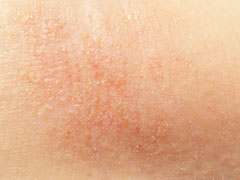
Eczema is a general term used by dermatologists to describe skin conditions that can have many presentations. Eczema can occur in the very young and the very old; it can occur at any age. The “itch” of eczema usually starts before the “rash.” After the itch, little itchy blisters or bumps often arise.
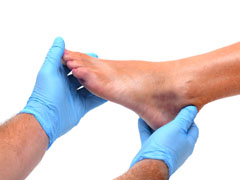
Fungi are organisms that live mainly in the soil and in/on plant material. They love moist and warm areas. The skin is prone to fungal infections especially in the warm and humid environment found here in Savannah, Georgia.
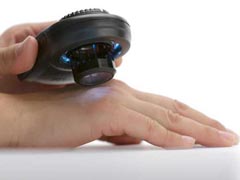
Dermoscopy or epiluminescence microscopy is a noninvasive diagnostic technique involving a handheld device used to examine skin lesions. The dermatoscope allows an experienced dermatologist to evaluate colors, microstructures, and patterns that are not visible to the naked eye when examining individual skin lesions.
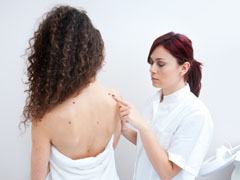
A mole or nevus is a common friendly growth with melanocytes (pigment cells). Moles can be present at birth (congenital nevi) or can begin to appear in childhood and adolescence. Almost everyone has a few moles. Most moles will never cause a problem. However, some moles will bother people cosmetically or will rub clothing or jewelry requiring removal by a dermatologist.

The primary function of the eccrine sweat glands is to assist in the maintenance of body temperature in response to heat exposure or exercise. Sweating may occur in response to heat or exercise as well as in response to emotional stimuli. Hyperhidrosis is defined as sweating beyond what is needed to maintain thermal regulation.
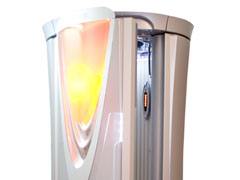
Present in natural sunlight, UVA (ultraviolet A) and UVB (ultraviolet B) can be effective treatments for psoriasis, mycosis fungoides (cutaneous T cell lymphoma), and some other diseases. UV suppresses the immune system in the skin and slows the growth of affected skin cells.
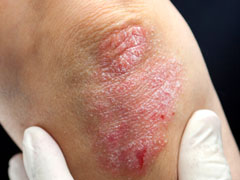
Psoriasis is a chronic (long-lasting) disease. It develops when a person’s immune system sends faulty signals that tell skin cells to grow too quickly. New skin cells form in days rather than weeks. The body does not shed these excess skin cells. The skin cells pile up on the surface of the skin, causing patches of psoriasis to appear.
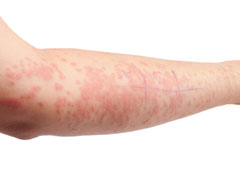
Healthy skin functions as a barrier to many harsh things in the outside world. When something changes the skin, the skin barrier can be compromised resulting in rashes. Many things can cause a rash from the outside including poisonous plants (poison ivy or sumac), jewelry, latex, fragrance, or preservatives.
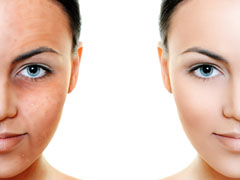
Rosacea is a common chronic skin disease. It can involve the face, but also the chest, neck, scalp, ears, and eyes. Rosacea commonly has flare-ups and remissions. Those with rosacea may have redness, flushing, pimples/acne lesions, telangiectasia (tiny visible blood vessels), sensitive skin, dry patches, swelling, burning, stinging, skin thickening, and irritated eyes.

It is possible to find skin cancer early. Luckily, skin cancer is the easiest type of cancer to detect because it is on the skin. It is best to know your skin and watch for changes and new growths on your skin and the skin of your family. Watch for new lesions, sores or bumps that won’t heal, changes in color, changes in shape, changes in texture, bleeding, unusual redness, pain, itching, or weird feelings in a growth.
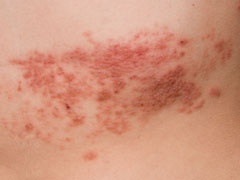
Viruses are basically parasites that must live insides the cells of other living organisms. There are many viral infections that involve the skin. Some viral infections involving the skin for which we have treatments include herpes simplex (cold sores), herpes zoster (shingles), varicella (chickenpox), verruca (warts), molluscum contagiosum, and HIV (Human Immunodeficiency Virus).